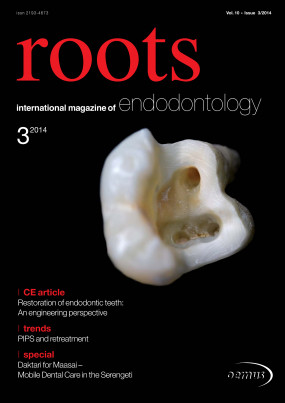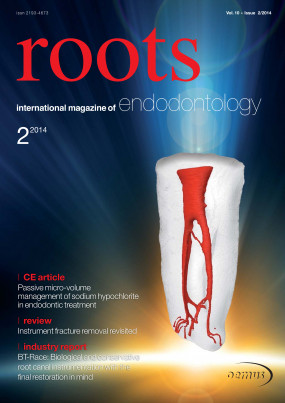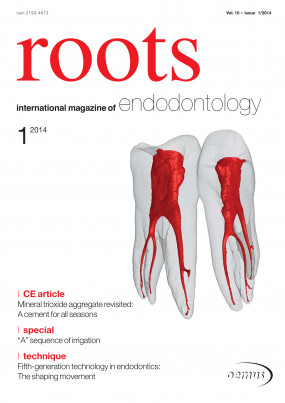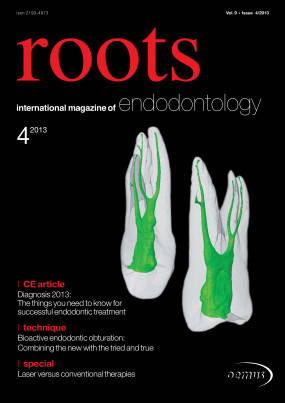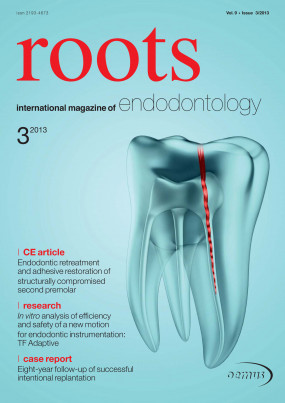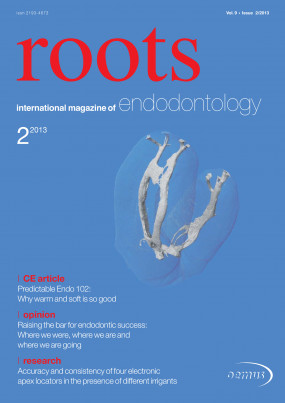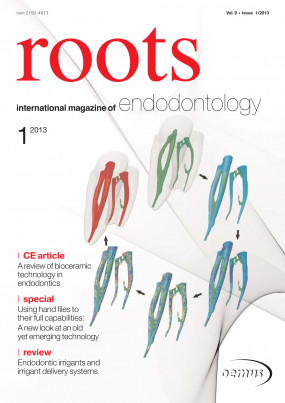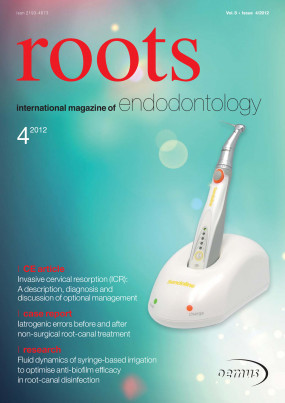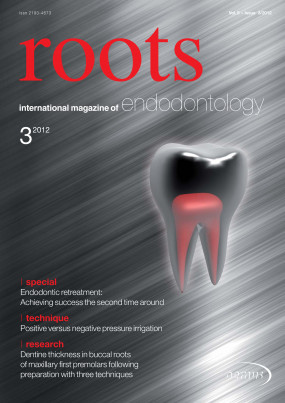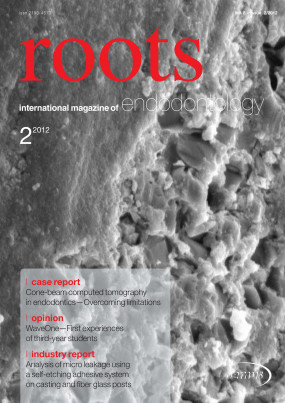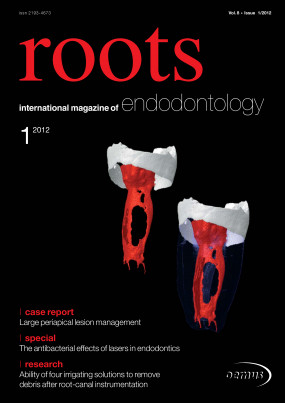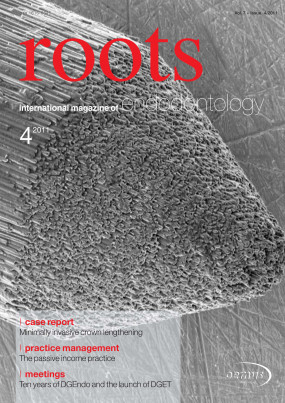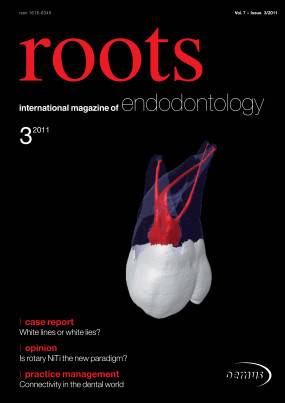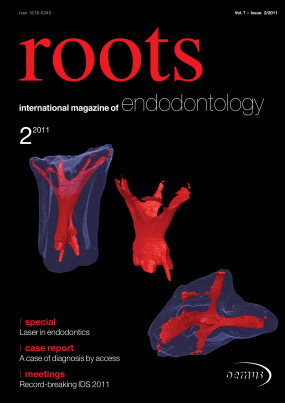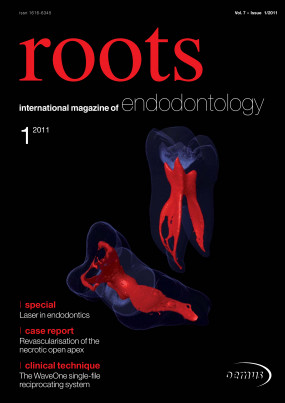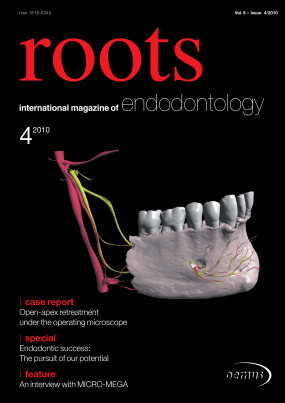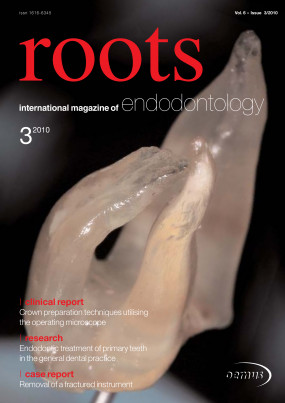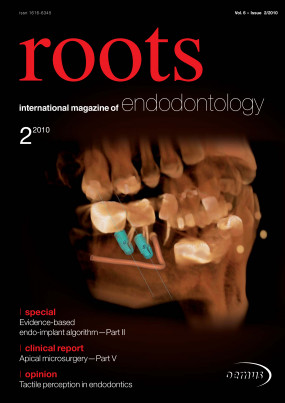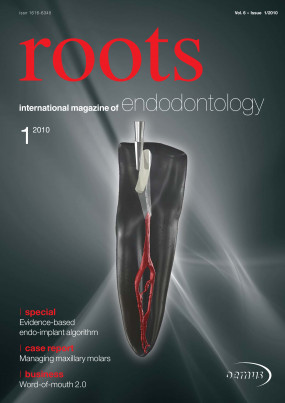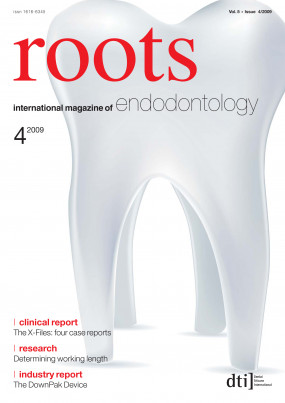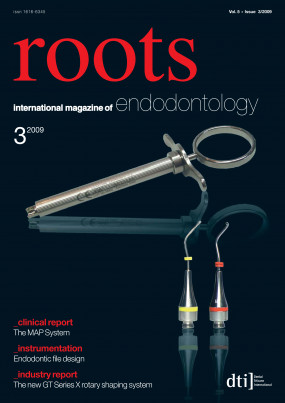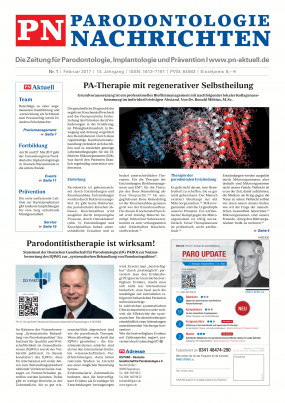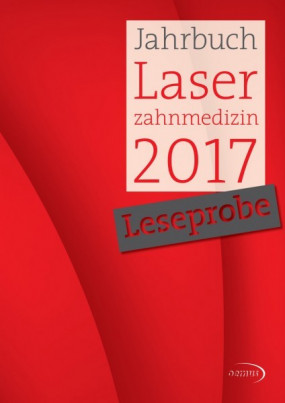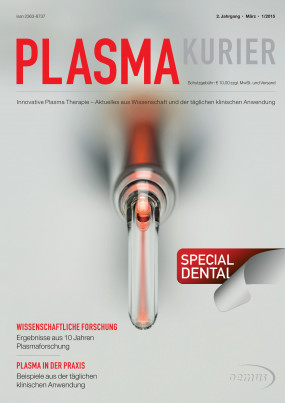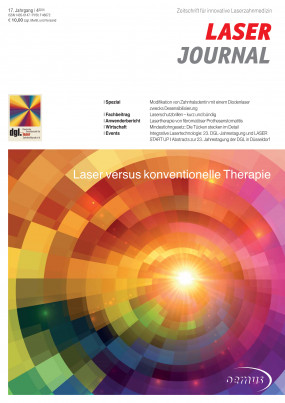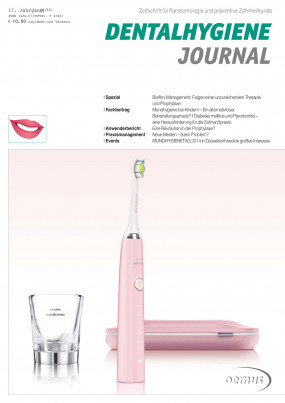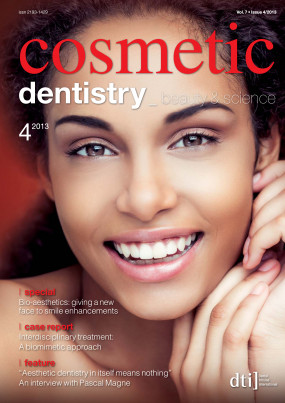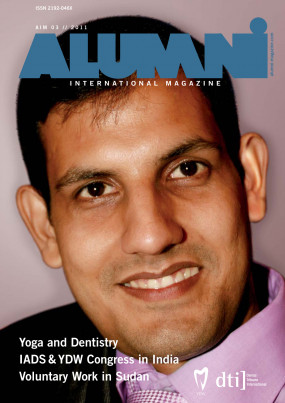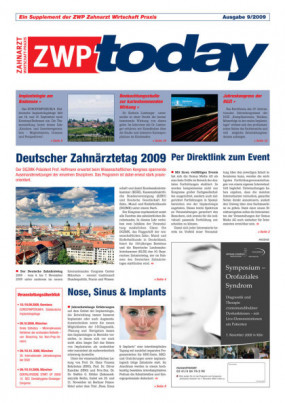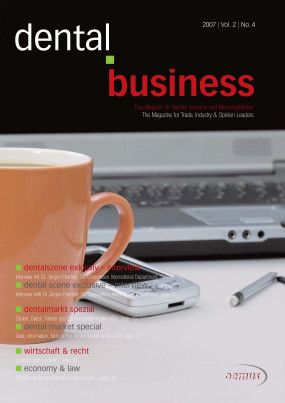Inhaltsverzeichnis
3
The cyclic rhythms associated with advances in technology remain the same, regardless of their place in the timeline of human history. Everything from telescopes to teleporters has been received by apathetic acknowledgement or vitriolic condemnation. The message is don’t trifle with status quo; and yet time waits for no one...
6
Four thousand years ago, a number of Babylonian legal decisions were compiled in what came to be known as the Code of Hammurabi. The decision with reference to the construction of dwellings and the responsibility for their safety begins: If a builder engineers a house for a man and does not make it firm, and the structure collapses and causes the death of the owner, the builder shall be put to death. We are all builders or engineers of sorts; we calculate the path of our arms and legs with the computer of our brain and we catch baseballs and footballs with greater dependability than the most advanced weapons system intercepts missiles. In our professional lives, however, in contradistinction to the paradigm of evidence-based dentistry, our efforts as builders often rely solely upon personal experience, intuitive cognition and anecdotal accounts of successful strategies...
18
In Parts I to IV, the necessary steps and procedures were presented, enabling the operator to atraumatically and predictably allow the root-end preparation (REP) to be sealed using any accepted root-end fill (REF) material. The surgical crypt should be clean and dry so that vision is clear and unobstructed. Remember, the steps must be followed completely in order to achieve as predictable a result as humanly possible. If, for some reason, crypt management is not complete or the REP is not clean and finished, it will be necessary to repeat a step, or two, to achieve the desired result. The importance of having total control at this point in the apical microsurgical procedure cannot be over-emphasised.
24
When it comes to tactile perception, most dentists doing root canal therapy would agree - more is better. But, what exactly do we mean when we talk about tactile perception? To me, tactile perception is a measure of the degree to which we can determine what the tip of the negotiating endo-dontic instrument is encountering. Is it encountering an impediment like a solid wall or is it lodged in a tight canal? Or is the canal that the tip of the instrument is entering round or oval?
28
Nearly fourteen years ago, Dr L. Stephen Buchanan introduced the concept of greater tapered canal shaping and the GT ProFile rotary endodontic system to the world of endodontics. The GT brand is one of the most successful endodontic products in history and has a loyal following amongst clinicians around the world. The original GT ProFile rotary system (DENTSPLY Tulsa Dental Specialties) was also the first NiTi instrument to be part of a comprehensive system-based approach to endodontic treatment. For the first time, predictable and consistent canal shapes could be achieved, followed by a size-matched obturation system, and finally a size-matched post-placement system. The system-based approach of the GT system is brilliant because the paper points, gutta-percha cones, obturators and posts all fit the canal shape produced by the GT rotary instruments. Dr Buchanan and DENTSPLY recently advanced the proven GT ProFile system with the introduction of the GTX rotary system. Below is a technical review of the design features and benefits of the new GTX rotary system.
30
Peri-apical microsurgery for removal of a fractured endodontic instrument
Dr Leandro A. P. Pereira, Brazil
During endodontic treatment, procedural errors may occur, such as the breakage of endodon-tic files. These accidents may compromise the treatment and prognosis of the clinical case. Frequently, it is necessary to perform additional procedures to resolve the problem...
34
Endodontic anatomy varies greatly and single-canalled teeth provide an opportunity to illustrate principles of diagnosis and treatment. In the following case, a patient presented with a toothache (Fig. 1). The medical history was non-contributory. Diagnostic testing revealed a necrotic maxillary central incisor with symptomatic peri-radicular periodontitis. Even in cases with obvious pathology, thorough endodontic diagnosis is completed to determine the proper pulpal and peri-radicular status of teeth in the affected area, including examination of the affected sextant and the opposing arch...
36
Root-canal treatment is the most technically demanding procedure in dentistry. In order to prepare and obturate successfully the labyrinthine root-canal systems that we are faced with on a daily basis, relying purely on tactile sensation, takes great skill, developed over many years to even come close to mastery of the art. Since the technical difficulties are considerable, it is perhaps understandable that great pride can be taken in the production of an aesthetically pleasing post-operative radiograph. Equally understandable perhaps, if we judge the success of our procedure this way, is that much of the teaching and practice of endodontics focuses on the technical skills required to achieve good results. Does it matter then that we are treating a disease? In order to achieve good outcomes, do we really need to understand the disease we are treating, or simply be proficient at preparing and obturating canals?
42
44
50
Impressum
Copyright Regulations _roots international magazine of endodontology is published by Oemus Media AG and will appear in 2010 with one issue every quarter. The magazine and all articles and illustrations therein are protected by copyright. Any utilisation w
Kein Kurztext vorhanden. Schauen Sie in die PDF.
